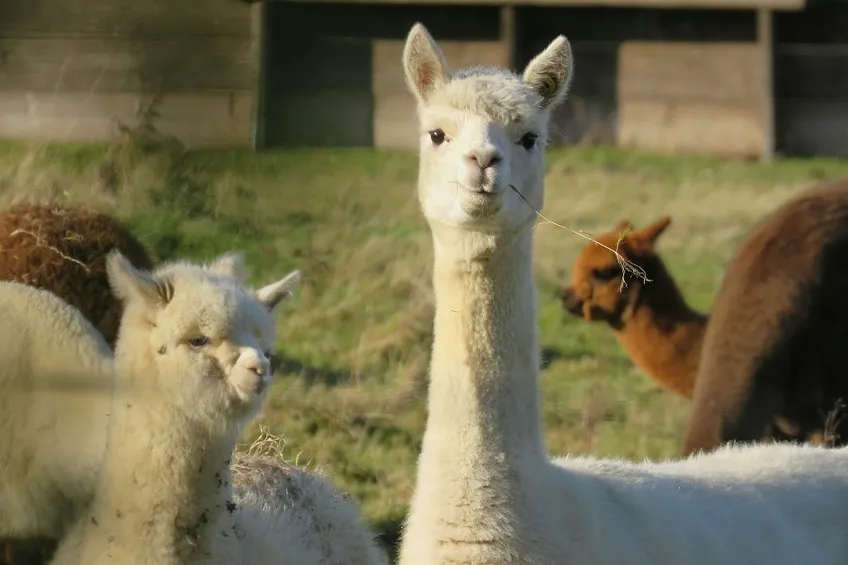
Originally published via Armageddon Prose:
(continued from Pt. I)
To my beloved wife I entrust most of our travel plans.
The sole exception to the rule is our planned return to the Land of Smiles, to which she has never been (outside of Don Mueang airport) and which I know as well as my home country of the United States, at least geographically if not culturally (the cultures of all Far East Asian countries being nearly impenetrable to the Western mind).
All other itineraries are her domain.
So it went beyond my initial notice that she had scheduled our flight from Lima (roughly 0 ft. above sea level on the coast), where we have been living for over a month, straight to Puno (12,500+ ft. above sea level) on the altiplano (high plain) — the literal highest access point by air in all of Peru.
(Puno, for the record, I’m sure, has its own charm. If it does, I missed it. What it reminded me most of, on account of the harsh landscape and the endless parade of half-built buildings with their support beams sticking out of the unfinished second floors looking like they had been bombed out, was images I have seen of Mosul, Iraq post-ISIS — only colder, with slightly less rubble, fewer orphans, and none of the bearded jihadis. Beards, like Islam, in fact, are almost non-existent in Latin America, as far as I have seen. People on the street have called me “Papa Noel” on multiple occasions, because I guess it’s a rarity.)
At any rate, the dramatic altitude transition produced concomitantly dramatic and unpleasant physiological effects for both my wife and me, but particularly me.
My ancestors immigrated at some point, mainly from Ireland, to the plains of Kansas, neither of which has any mountains to speak of — the former having its highest peak at 3,400 ft. (child’s play) and the latter of which being literally flatter than a pancake (scientists wasted government money on a study to prove this in 2003).
Flatlands run in my DNA, I believe.
All that to say: altitude kicks my ass. My ears get destroyed on any flight, even with the cabin pressure. Even ascending a few hundred feet by car causes my ears to pop. I have come to accept I am not built for mountaineering.
By recommendation of — of all people to seek for guidance on the Peruvian altiplano — a gigantic, exceedingly friendly redhead gringo from Idaho, looking like Mel Gibson’s sidekick from Braveheart festooned in a poncho, a resident of the Sacred Valley to the north, whom we chanced to meet in a pharmacy in Puno, I was introduced to a most remarkable and misunderstood local remedy for acute mountain sickness, which I will explore in greater detail in short order.
From Puno, my beloved wife booked a bus tour that meandered into the Andes mountains proper and eventually into Cusco, with numerous stops along the way at old churches and Inca ruins and whatnot.
The first chance I got — in the backyard of a buffet restaurant where guides deliver busloads of tourists to eat — I attempted to commune with/harass a llama and a pair of alpacas roaming around eating grass and littering the yard with racquetball-sized droppings of theirs. All they did, as far as I could tell, was eat grass and poop racquetballs and pee everywhere — and scurry away with their ridiculous hooves whenever I approached to by prod them to entertain me as a privileged tourist who paid good money to be entertained.
Not highly social creatures.
“Do you think you can ride them?” I asked no one in particular out loud.
It was a half-serious question; the alpacas, surely not, because they are basically extra-wooly sheep, but the bigger, sturdier llamas look like retarded camels minus the humps. And people ride those.
“Creo que no,” one lady in our tour group said.
She didn’t think so.
(Whereas I had assumed prior, I admit out of total ignorance, that llamas and alpacas were the same thing with different names — like a Spanish name and a native name, as many things in this part of the world do — the difference was explained to me then.)
As I have previously noted elsewhere, the locals know well that the alpaca, an absurd-looking and exotic animal, is irresistible to the gringo, which is why old ladies in full-on traditional garb descend with baby alpacas from God-knows-where each day into Cusco to harass passersby to “hold baby llama,” after which they ask (or demand, depending on the interpretation) payment for pimping their alpacas out like common street whores.
Related: Tourist Torture (Existential Musings)
Ben Bartee, author of Broken English Teacher: Notes From Exile, is an independent Bangkok-based American journalist with opposable thumbs.
Follow his stuff via Substack. Also, keep tabs via Twitter.
For hip Armageddon Prose t-shirts, hats, etc., peruse the merch store.
Support always welcome via the digital tip jar.
Bitcoin public address: bc1qvq4hgnx3eu09e0m2kk5uanxnm8ljfmpefwhawv